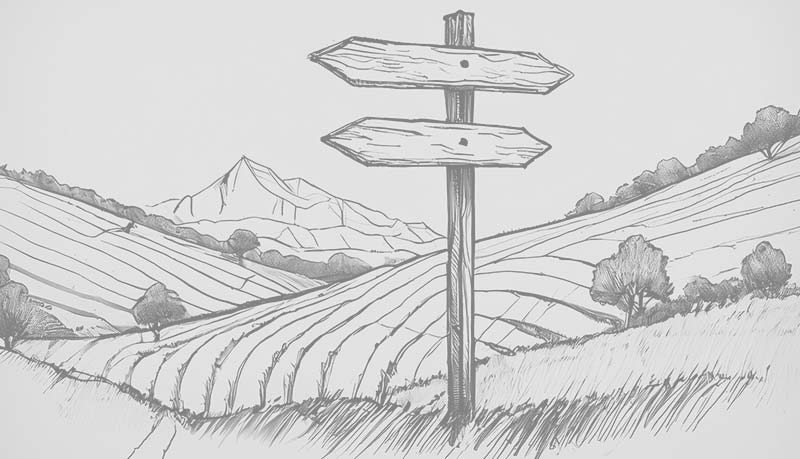Root 1 Cabernet Sauvignon 2022 750ml
Root 1 Cabernet Sauvignon 2022 750ml
12 SHIP FREE
Product Details
A blend of 85% Cabernet Sauvignon and 15% Syrah, the nose features light notes of strawberry that repeat on the...
- Region Valle Central
- Country Chile
- SKU 1301765
Are you 18 or older?
You must be 18 years or older to continue.
More about this item
More about this item
Default-Varietal
Default-Varietal
Country-Chile
Chile
Chile is a long, skinny ribbon of vineyards squeezed between the Andes and the Pacific. Cold ocean air, snowmelt breezes, and big day–night swings keep flavors bright. Result: clean, expressive wines that punch above their price—and a pisco culture that begs for a Sour.
What makes it special
- Humboldt Current + Andes = natural “AC” for ripe fruit with fresh acidity.
- Old vines, dry-farmed in Itata and Maule add grip, spice, and real character.
- Clear labels often show Costa / Entre Cordilleras / Andes so you know if fruit is coastal, valley, or mountain.
Grapes and styles to know
- Cabernet Sauvignon (Maipo/Alto Maipo): cassis, mint, graphite; structured and age-worthy.
- Carmenère (Colchagua/Peumo/Apalta): plush plum and cocoa with a gentle green spice; Chile’s calling card.
- Syrah: peppery and savory from Elqui/Limarí; richer and darker from Colchagua.
- Pinot Noir (Casablanca/Leyda/Bío-Bío): red cherry, soft spice, silky texture.
- Sauvignon Blanc (Casablanca/Leyda/San Antonio): lime, grapefruit, jalapeño, sea spray—zippy and clean.
- Chardonnay (Limarí/Casablanca): citrus, white peach, chalky minerality; oak kept in check.
- Carignan (Maule—look for VIGNO): sour cherry, spice, firm tannin—old-vine depth.
- País (Itata/Maule): chillable red—strawberry, herbs, light tannin; weeknight joy.
- Sparkling: traditional-method bottles from cool sites—green apple, lemon, brioche.
- Pisco (Elqui/Atacama): Muscat-based brandy—grape blossom, citrus; built for Pisco Sours.
Regions at a glance
- Maipo: classic Cabernet polish.
- Colchagua: Carmenère, Syrah, generous reds.
- Maule & Itata: old-vine Carignan and País; dry-farmed authenticity.
- Casablanca/Leyda/San Antonio: coastal chill = Sauvignon Blanc, Chardonnay, Pinot.
- Limarí & Elqui: high desert light—mineral whites, spicy Syrah, pisco grapes.
- Aconcagua / Curicó / Bío-Bío: diverse, value-rich lanes across styles.
Flavor snapshot
Blackcurrant, plum, cocoa, pencil shavings in the reds; lime, grapefruit, white peach, and a salty snap in the whites. Sparkling brings green apple and fine bubbles. Pisco adds floral citrus and a clean finish.
Pairing playbook (veg-forward)
- Cabernet/Carmenère: mushroom empanadas, charred peppers, aged cheeses.
- Syrah: black-pepper tofu, roasted beets, olive tapenade.
- Pinot Noir: mushroom risotto, soy-glazed veggies.
- Sauvignon Blanc/Chardonnay: ceviche-style veg, herby salads, grilled zucchini, goat cheese.
- País/Carignan: pizza night, tomato pasta, paprika-roasted potatoes.
- Pisco Sour: salty snacks, citrusy salads, fresh corn dishes.
Buying tips
- Coastal freshness: pick Casablanca or Leyda (Sauv Blanc/Chardonnay/Pinot).
- Classic reds: Maipo for Cabernet; Colchagua for plush Carmenère or Syrah.
- Character and value: Maule/Itata old vines—seek VIGNO for serious Carignan.
- Label cues like Reserva/Gran Reserva usually mean more selection and barrel time.
- “Costa / Entre Cordilleras / Andes” tells you climate: cool → moderate → structured.
Serving notes
- Whites/Sparkling: 45–50°F
- Pinot/País: 55–60°F (a short chill helps)
- Cabernet/Carmenère/Syrah: 60–65°F; brief decant = better texture
- Pisco: chilled in a Sour or over one cube with citrus
Bottom line
Chile delivers clarity and value: coastal whites with snap, confident reds with polish, and a pisco culture made for easy cocktails. Whether it’s a Leyda Sauvignon, a Maipo Cab, or a Maule Carignan, you get bright flavor and a clean finish every time.
FAQs
1) Is Carmenère always “green”?
Not when it’s ripe. Expect plush dark fruit with gentle herb and cocoa. Cooler or under-ripe examples show more bell pepper; top sites like Peumo keep it balanced.
2) What do Costa, Entre Cordilleras, and Andes mean on labels?
They mark origin bands: Costa (coastal, coolest and breezy), Entre Cordilleras (valley floor, ripe and flexible), Andes(higher, structured, fresher nights).
3) I’m new to Chile—where do I start?
Grab a Casablanca Sauvignon Blanc for zest, a Maipo Cabernet for structure, and a Maule País (chilled) or VIGNO Carignan for something distinctive and food-friendly.
SourcesAsk ChatGPT

Region
Valle Central




